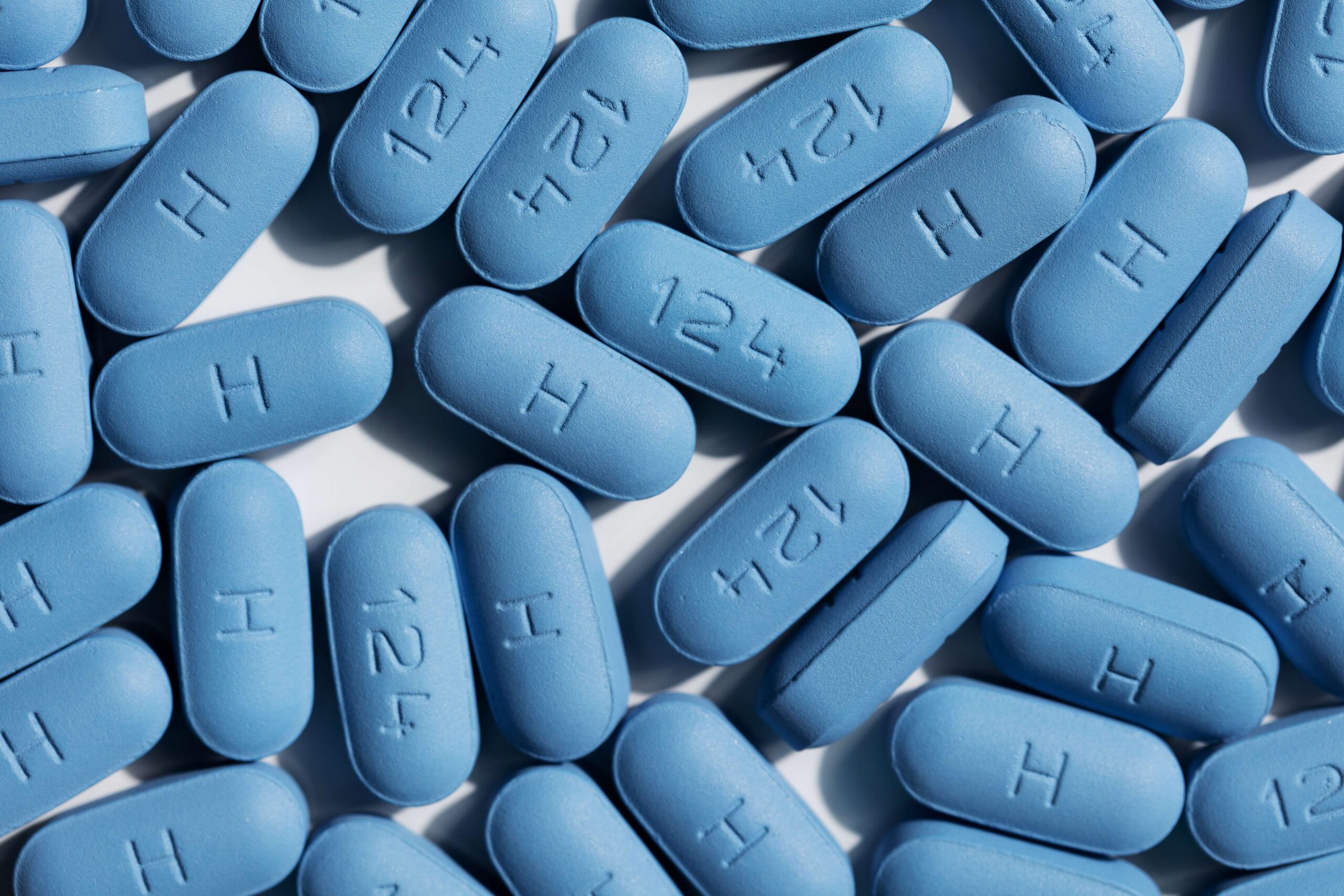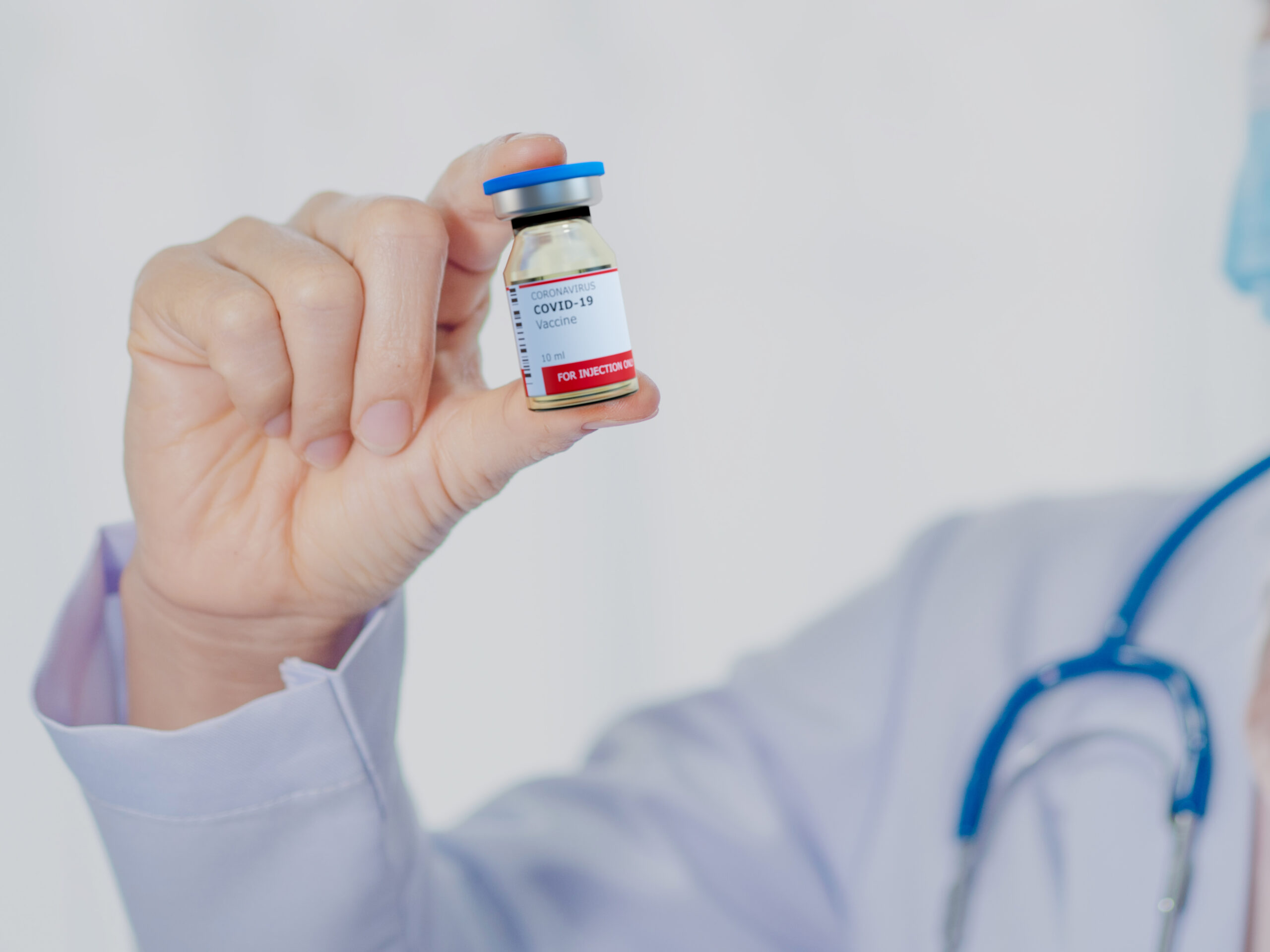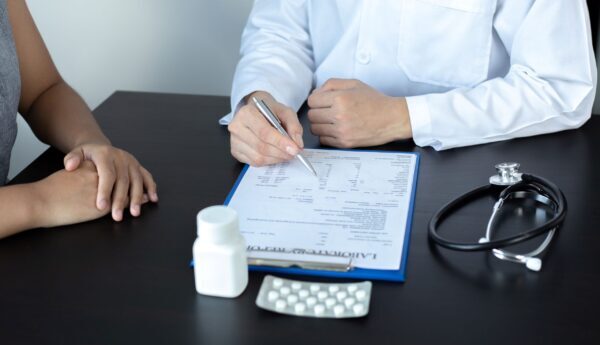Saturday morning is the worst time for serious medical topics, but what can you do when the world throws us stories resembling a suspenseful TV series?
Today, we will look at what happened with the WHO’s hydroxychloroquine trials and why they caused such a wave of criticism.
What Were These Trials?
When the COVID-19 pandemic began, doctors rushed to test a wide variety of drugs to find an effective treatment quickly. One such drug was hydroxychloroquine (HCQ), well known to doctors for treating lupus and rheumatoid arthritis. Many hoped that it would help stop the spread of the virus.
The WHO launched a large-scale clinical trial called “Solidarity.” The idea was simple: patients with COVID-19 in various countries were given drugs, including hydroxychloroquine. More than 3,500 patients from 400 hospitals in 35 countries took part in these trials. Another similar trial, “Recovery,” was conducted in the UK.
What went wrong?
And this is where the mystery begins. The trials were halted after an article in the authoritative journal The Lancet claimed that hydroxychloroquine increased patient mortality. However, the article was soon retracted because its data proved to be questionable. The WHO restarted the trials, but now many looked more closely at how this was done.
Critics mainly focused on the dosage of hydroxychloroquine. In the Solidarity and Recovery trials, patients were given significantly higher doses of the drug than usual. For example, on the first day, patients were given 2,400 mg of the drug, although the normal dose for other diseases rarely exceeds 400 mg daily.
Why Did the Criticism Start?
Critics of the trials, such as Dr. Meryl Nass, argued that the dosage chosen was too high and could be toxic to patients, especially those who were seriously ill and on ventilators.
For example, in the British “Recovery” study of 1,542 patients receiving hydroxychloroquine, 396 (25.7%) died.
The main question raised by critics was: why were these doses used without taking into account patients’ weight, kidney, and liver function? After all, hydroxychloroquine in high doses can indeed cause serious complications, such as dangerous arrhythmias. Moreover, the documented risks of such use have been known since the late 1970s.
The trials were suspended for a second time after the medical community began actively raising these questions. People began to doubt the procedure’s transparency, and it was no longer just a matter of medical nuances—it became a question of trust in international organizations.
Why Hydroxychloroquine?
How did hydroxychloroquine suddenly find itself at the center of the scandal? The drug has been used in medicine for a long time and is generally considered safe when used correctly. But the key phrase here is “when used correctly.”
Supporters of hydroxychloroquine, such as the well-known French doctor Professor Didier Raoult, claimed that the drug is only effective in the early stages of COVID-19 and in much lower doses than those used by the WHO. Moreover, ordinary patients with chronic diseases usually receive only 200–400 mg of the drug per day.
Main Arguments of Critics
Criticism of the trials focused on several key points:
- Excessively high doses: The doses of hydroxychloroquine in the trials were much higher than recommended and potentially toxic.
- Patient selection: The drug was given to people in the late stages of the disease, when the virus was no longer the main problem. Many patients were already in a serious condition, and additional toxicity could have worsened their condition.
- Lack of transparency: The protocols and details of the trials were not always clear, even to experts. For example, some official trial documents contained the note: “Not for submission to Ethics Committees,” which raised additional questions.
- Poor monitoring of side effects: The Solidarity trials were organized so that doctors collected minimal information about side effects. This made it very difficult to understand the real reasons for patients’ deterioration in condition.
Many independent doctors and scientists commenting on the situation concluded that the problems with the trials were not so much related to deliberate harm (as conspiracy theorists believe) as to the haste and poorly thought-out design of the studies. In medicine, rushing often leads to mistakes, and COVID-19 is a good example.
However, we cannot ignore the critical point that mistakes in clinical trials of this scale undermine public confidence in official recommendations, which is crucial during pandemics and other crises.

What Does All This Mean?
Several lessons can be learned from the hydroxychloroquine story:
- Clinical trials must be as transparent as possible.
- Drug doses and patient selection must be carefully justified and monitored.
- It is essential to ensure effective information collection on side effects to prevent serious consequences for patients.
After all, any drug, even the most harmless, can become poison if misused. As the physician Paracelsus said several centuries ago:
“Everything is poison, and nothing is without poison; only the dose makes the poison imperceptible.”
That is why it is necessary to make sure of everything before conducting experiments. It is better to be safe than sorry, especially when it comes to the health of thousands of people.

